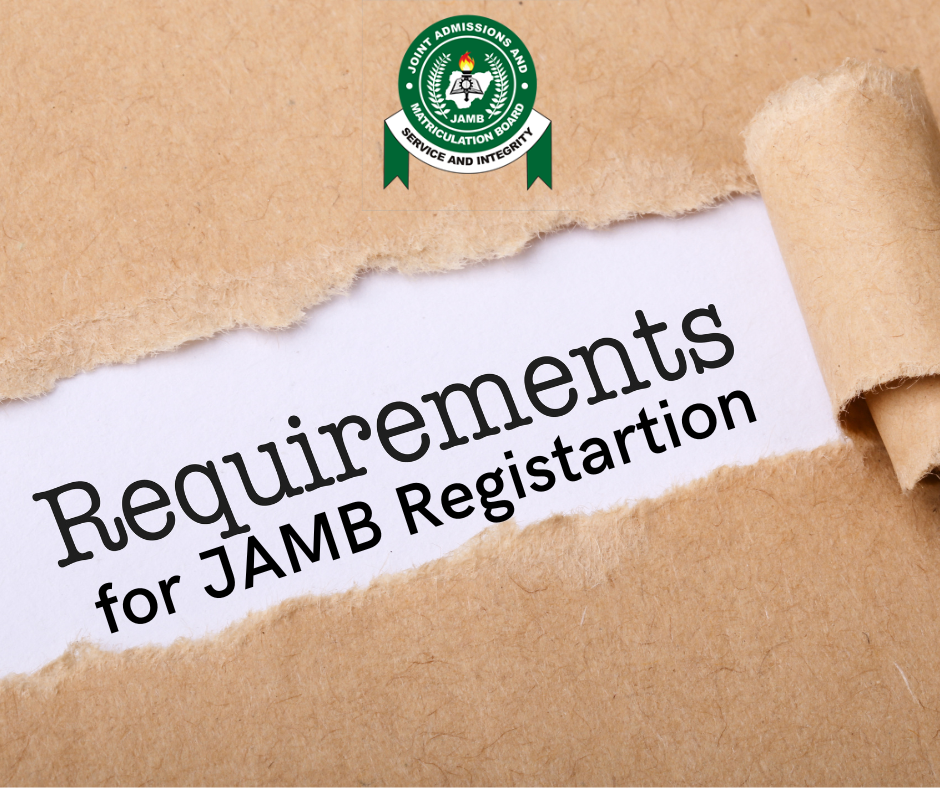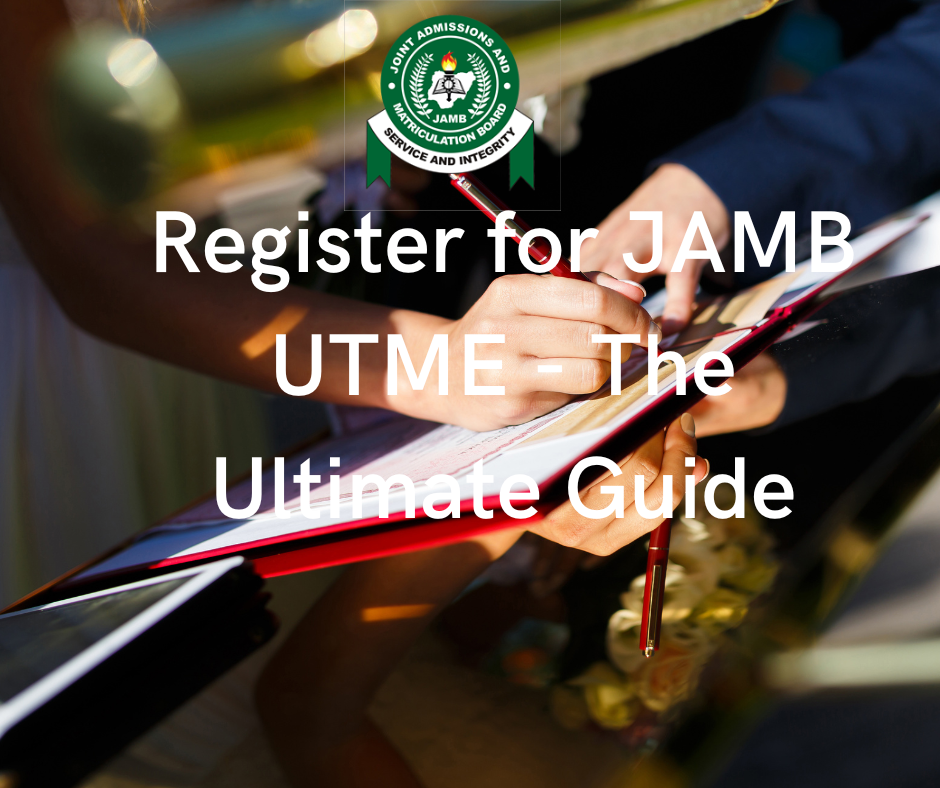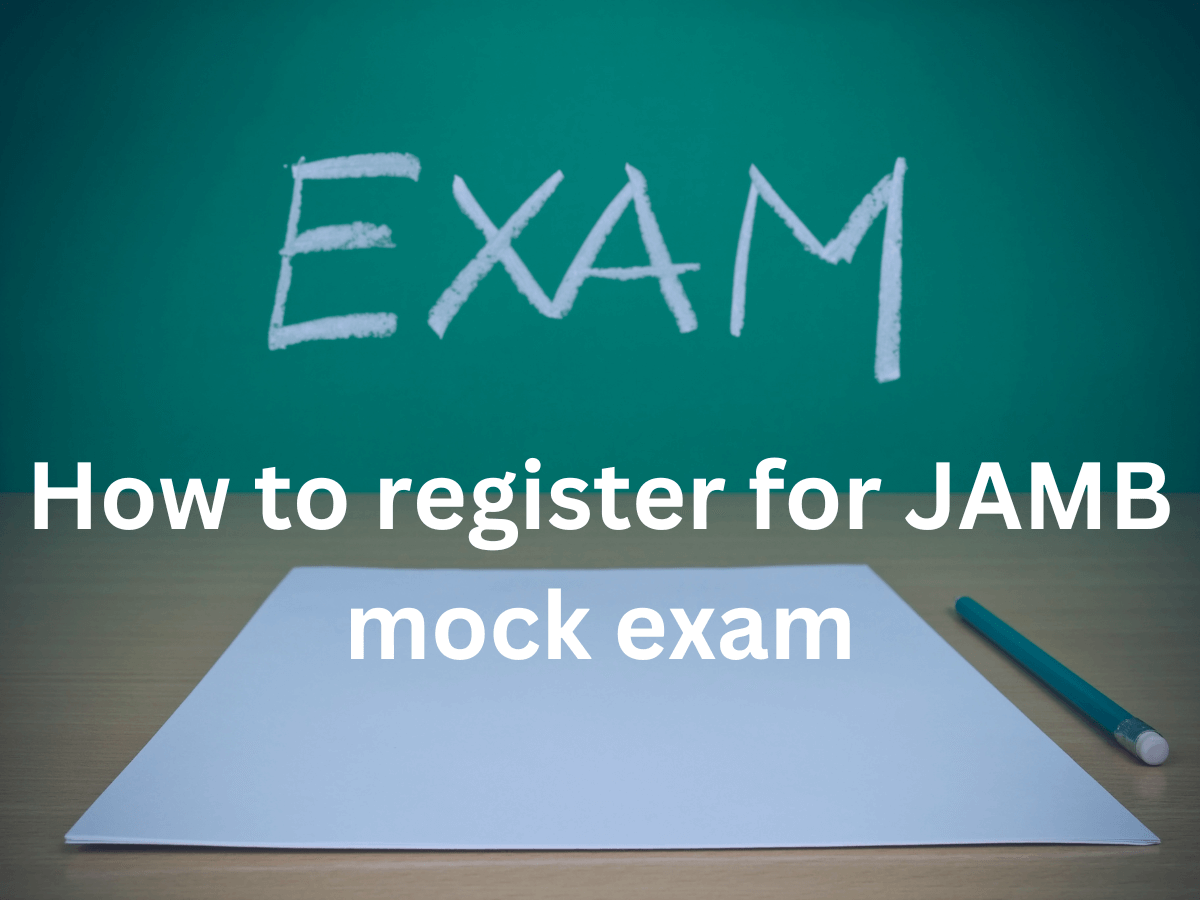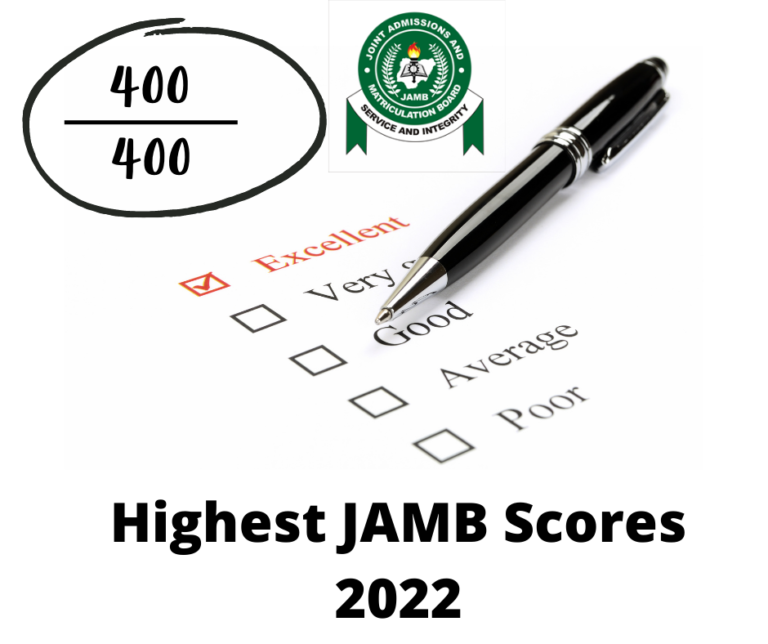JAMB result statistics from 2012-2023
“Lowest JAMB scores”. “JAMB result statistics”. Did it make your heart flip? Calm down!
Everybody can’t come out on top in the JAMB examinations. Everybody can’t have low scores in JAMB too. There are many reasons why candidates get low or high scores in JAMB, and they include factors like: Not reading enough, studying with the wrong materials, and inability to attempt every question in the JAMB UTME screening.

In this article, we will not just be talking about the candidates who graced the JAMB top scores tier, but also those who are going to probably change their preferred school or course, to be able to go to a tertiary education ground. If candidates refuse to take up these available choices that can increase their chances of going to a school, they have the option of sitting the rest of that year’s admission processes and going to read harder or learning a skill for the time being.
JAMB Statistics: Highest and Lowest JAMB Scores
Every year, JAMB releases figures from the statistics of people who registered and sat for the annual JAMB UTME examination. JAMB usually drops these statistics which specify the percentage of students whose scores fell into different score brackets.
We are going to list out all the statistics of students who fell into the different score categories in JAMB, from 2012 to date.
JAMB result statistics for 2012
| S/N | JAMB Score Range | Number of candidates |
| 1 | 300 and above | 3 |
| 2 | Between 270 – 299 | 901 |
| 3 | Between 250 – 269 | 71,339 |
| 4 | Between 200 – 249 | 601,151 |
| 5 | Between 170 – 199 | 374, 920 |
| 6 | Below 170 | 336, 330 |
The JAMB cut-off mark was:
- 180 for Universities
- 160 for Polytechnics, colleges, and other degree awarding institutions.
JAMB result statistics for 2013
The 2013 JAMB statistics came with a new flow, the public was told the total figures of everything except the detailed breakdown of the marks, based on the template used the year before. JAMB released the following statistics:
A total of 1,629,102 candidates applied to sit for the Paper Pencil Test (PPT), and altogether 1,644,110 is the total number of candidates that sat for the exam.
- 47,974 candidates were absent
- 15,008 candidates applied for the Dual Based Test
- 40,692 candidates” results were invalid due to either multiple shading or no shading at all.
- 40 centres would be screened to ascertain their culpability
- 127,017 candidates scored between 1-159 marks
- 10 candidates scored 300 marks and above
- The JAMB cut-off mark was 180 for Universities
- The JAMB cutoff mark was 150 for Polytechnics, colleges, and other degree-awarding institutions.
JAMB result statistics 2014
There was a pattern that was being used in JAMB in 2014, even though it was in use as of 2013, but the JAMB score statistics were announced in two batches:
- Dual Based Test (DBT)
- Pen and Pencil type (PPT)
Below is a table showing the JAMB scores from students who sat for the exams in both methods.
| S/N | JAMB Score Range | Number of DBT candidates | Number of PPT candidates |
| 1 | Above 250 | 23 | 24 |
| 2 | Between 200-249 | 1,309 | 108,488 |
| 3 | Between 170-199 | 6,678 | 315,401 |
| 4 | Between 160-169 | 3,808 | 115,456 |
| 5 | Between 150-159 | 2,830 | 122,157 |
| 6 | Below 150 | 2,471 | 275,282 |
This means that a total of 990,179 candidates applied for PPT while 25,325 candidates applied for DBT which amounts to 1,015,504 applicants.
- The JAMB cut-off mark was 180 for Universities
- The JAMB cutoff mark was 150 for Polytechnics, colleges, and other degree-awarding institutions.
JAMB result statistics 2015
The 2015 JAMB score breakdown is as follows:
| S/N | JAMB score Range | Number of candidates |
| 1 | Above 200 | 154,347 |
| 2 | Above 190 | 224,291 |
| 3 | Above 180 | 287,742 |
| 4 | Above 170 | 372,884 |
| 5 | Above 160 | 402,838 |
| 6 | Above 150 | NA |
The JAMB cut-off mark for 2015 continued in the same length as the years preceding it.
The JAMB cut-off mark was
- 180 for Universities, but the cutoff mark for other tiers went low than it was in the previous year.
- The JAMB cutoff mark was 150 for Polytechnics, colleges, and other degree-awarding institutions.
JAMB result statistics 2016
The JAMB score statistics for 2016 are listed below.
| S/N | JAMB score Range | % of candidates |
| 1 | Above 200 | 35.76% |
| 2 | Above 190 | 51.88% |
| 3 | Above 180 | 66.56% |
| 4 | Above 170 | 86.51% |
| 5 | Above 160 | 93.08% |
| 6 | Above 150 | 92.57% |
The total number of candidates who sat for the exam in 2016 is 1,592,905.
JAMB’s cutoff mark was:
- 180 for Universities
- 150 for Polytechnics, colleges, and other degree awarding institutions.
JAMB result statistics 2017
The 2017 JAMB score breakdown is as follows:
| S/N | JAMB score Range | % of candidates |
| 1 | Above 200 | 27.00% |
| 2 | Above 190 | 35.76% |
| 3 | Above 180 | 46.57% |
| 4 | Above 170 | 59.49% |
| 5 | Above 160 | 71.52% |
| 6 | Above 150 | 82.40% |
The total number of candidates who sat for the exam in 2016 is 1,722,236. This is the largest number JAMB has ever recorded in its existence of over 40 years.
JAMB cut-off mark was:
- 180 for Universities
- 150 for Polytechnics, colleges, and other degree-awarding institutions.
JAMB result statistics of 2018
| S/N | JAMB score Range | Number of candidates |
| 1 | Above 300 | 4,683 |
| 2 | Between 250-299 | 64,120 |
| 3 | Between 180-199 | 325,152 |
| 4 | Between 160-179 | 494,484 |
| 5 | Between 140-159 | 346,825 |
| 6 | Between 100-139 | 64,712 |
In 2018, The Registrar of the Joint Admissions and Matriculation Board (JAMB), Prof. Is-haq Oloyede disclosed that at least 1,178,665 candidates scored 100 and above in the 2018 Unified Tertiary Matriculation Examination (UTME).
JAMB cut-off mark was:
- 180 for Universities
- 150 for Polytechnics, colleges, and other degree awarding institutions.
JAMB result statistics of 2019
| S/N | JAMB score Range | Number of candidates |
| 1 | Above 300 | 2,906 |
| 2 | Between 250-299 | 57,579 |
| 3 | Between 200-249 | 366,757 |
| 4 | Between 180-199 | 361,718 |
| 5 | Between 160-179 | 455,898 |
| 6 | Between 140-159 | 410,844 |
| 7 | Between 100-139 | 99,463 |
The JAMB cutoff mark for 2019 are as follows:
- Public universities: 160
- Private universities: 140
- Public polytechnic: 120
- Private polytechnic: 110
JAMB result statistics for 2020
The 2020 JAMB score breakdown is as follows:
| S/N | JAMB score Range | Number of candidates |
| 1 | Above 200 | 404,542 |
| 2 | Above 190 | 568,842 |
| 3 | Above 180 | 781,327 |
| 4 | Above 170 | 1,041,234 |
| 5 | Above 160 | 1,329,289 |
| 6 | Above 130 | 1,866,444 |
| 7 | Above 120 | 1,889,801 |
JAMB cut-off mark for 2020
The Joint Admission and Matriculation Board (JAMB) have approved the following cutoff marks for the 2020 UTME admission exercise;
- 160 for university admissions.
- 120 for Polytechnic
- 100 for the Colleges of Education and Innovative institutions.
JAMB result statistics for 2021
The 2021 JAMB score breakdown is as follows:
| S/N | JAMB score Range | Number of candidates |
| 1 | Above 200 | 168,613 |
| 2 | Above 190 | 168,613 |
| 3 | Above 180 | 327,624 |
| 4 | Above 170 | 445,597 |
| 5 | Above 150 | 772,463 |
| 6 | Above 130 | 1,134,854 |
| 7 | Above 120 | 1,245,449 |
JAMB cutoff marks for 2021:
- Universities –140
- Polytechnics – 100
- Colleges of education – 100
JAMB result statistics for 2022
The 2022 JAMB score breakdown is as follows:
| S/N | JAMB score Range | Number of candidates |
| 1 | Above 200 | 378,639 |
| 2 | Above 190 | 520,596 |
| 3 | Above 180 | 704,991 |
| 4 | Above 170 | 934,103 |
| 5 | Above 160 | 1,192, 057 |
JAMB cut off mark for 2022 are as follows:
- Universities –140
- Polytechnics – 100
- Colleges of education – 140
Finally, dear reader, in this article, you must have noticed the fluctuating number of JAMB candidates every year, and the downward trend of the general cutoff marks. The reasons for the staggering movement of the numbers can’t be explained in this article.
However, I hope you have been able to get the evolution of the JAMB cutoff marks in the past decade, and the statistics of candidates who sit at the apex of the JAMB score table i.e the 250+ category.
To join the top score bracket in, it’s achievable! We have compiled top tips on how you can grace that top place in JAMB.
Read, rest, sit for your examination and get your deserved marks.
These posts might interest you:












